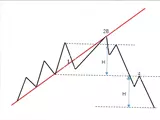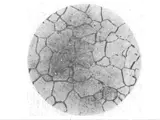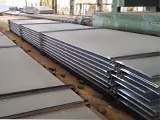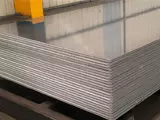Renewable Energy & Electric Power System Terms
1. Grid – An interconnected system of power transmission lines and generators used to transport electrical energy over a large area.
2. Microgrid – A localized group of electricity sources and loads that normally operates connected to and synchronous with the traditional centralized grid (macrogrid), but can also disconnect to “island” mode for more efficient and reliable local energy management.
3. Distributed Generation – Generation system units located close to customer or load centers rather than being centralized at a large generating station.
4. Renewable Energy Sources – Sources such as solar, wind, geothermal, ocean and biomass that are replenishable and constantly available over time.
5. Greenhouse Gases – Carbon dioxide and certain other gases that trap heat in the atmosphere and contribute to global warming.
6. Climate Change – Long-term shifts in global temperature, weather patterns and other climatic events.
7. Photovoltaic (PV) Panels – Thin sheets of material (i.e., silicon) that convert sunlight directly into electricity.
8. Wind Turbine – A windmill-style device spins blades to capture energy from the wind and convert it into electricity.
9. Battery – A device used to store energy from an electricity source, such as solar.
10. Charge Controller – A device that regulates charging and discharging of a battery.
11. Grid-Tied Solar System – Solar system that can connect to a utility grid to supplement electricity needs or feed excess energy into the system.
12. Off-Grid System – Self-contained solar system that is not connected to a utility grid.
13. Net-Metering – A system whereby consumers are credited for the electricity they generate but do not use.
14. Feed-in Tariffs (FIT) – A system that sets a rate and period of time during which customers are paid for their excess energy fed into the utility grid.
15. Smart Grid – A modernized electric system that enables customers to reduce their energy use and costs through the use of information and communication technology.
16. Demand Response Program – A program that pays customers to reduce their electricity consumption when there is a high demand on the grid.
17. Energy Storage – Distributed/dedicated energy storage systems have the ability to store energy from an electricity source, such as solar.
18. Geothermal System – Helps to efficiently heat and cool buildings by utilizing the steady temperature of the earth.
19. Heating, Ventilation and Air Conditioning (HVAC) – A system that regulates and circulates the indoor environment.
20. Gas Turbine – A gas-fired turbine generator that combines both an engine and a turbine with a compressor and uses the energy created from burning fuel to rotate a turbine that generates electricity.






